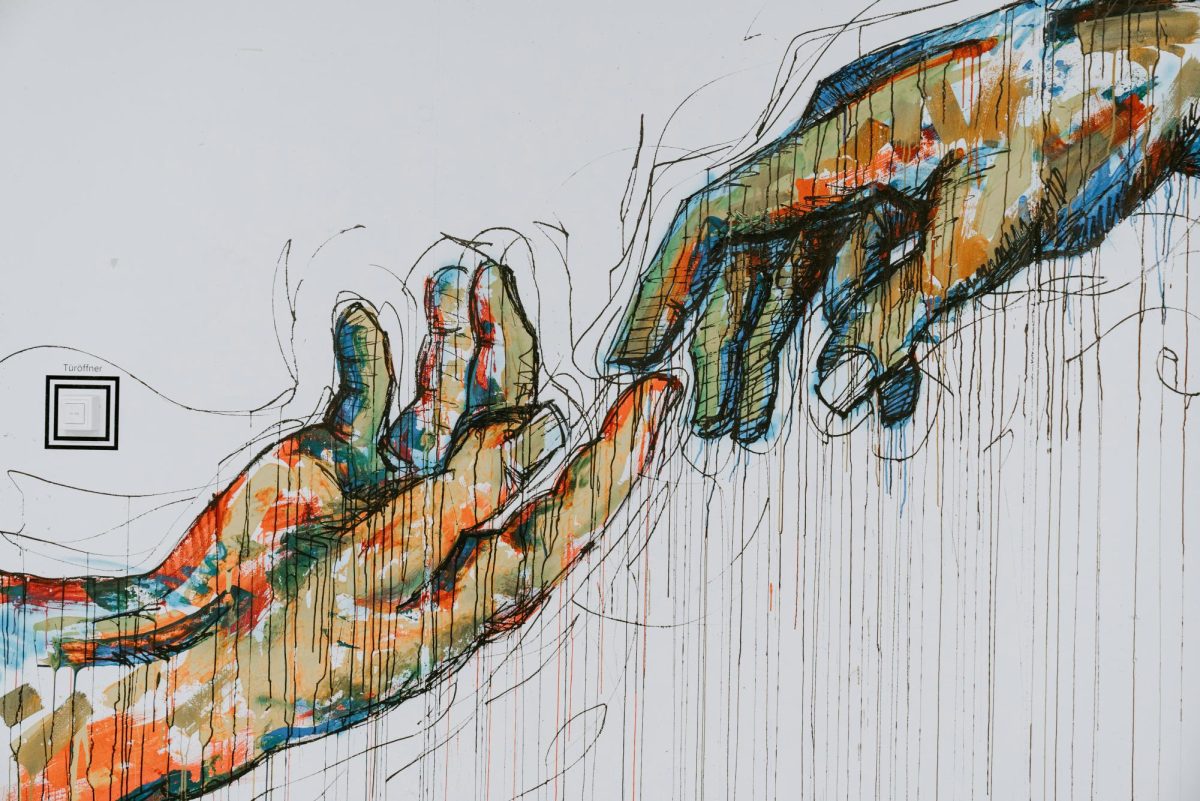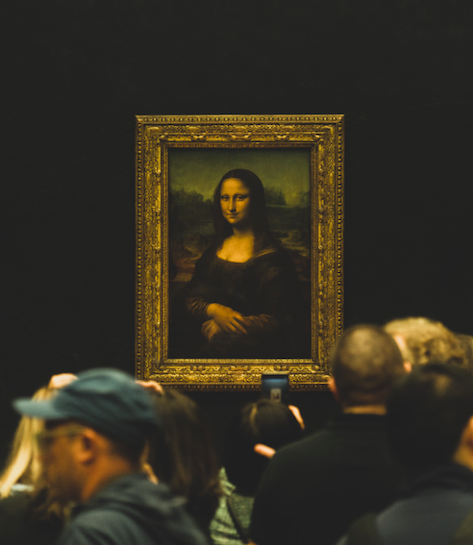The infamous banana-duct-taped-to-a-wall (known as “Comedian”) is a piece of conceptual art created by Maurizio Cattelan. Conceptual art is a form of art that conveys a message more influential than the value of its visual appearance. Comedian has experienced its fair share of criticism, from art critics to the general public, many question the validity in which Comedian is considered art.
Comedian was created as a mockery to contemporary art. Many other pieces of contemporary art yield a similar reactions as Comedian, works by Jackson Pollocks or Piet Mondrian that typically take on abstract styles.
Art of the past had been renowned for its aesthetic scenery, storytelling, or realism. The most well known period of art, classical art, had striven to depict figures of ideal beauty, with harmonious compositions, that tell a story through its scenery. As classical art shifted toward abstraction, art had become a concept rather than a visual experience.
Not all artists have turned towards concepts and vague notions as their masterpieces, many artists of this day take after the old masters. So why does it seem that contemporary art will never compare? Knowledge is more accessible to us than ever before. We have greater opportunities to learn the arts than our ancestors; supplies are more accessible to us than those before. Yet even contemporary works that have classical components have lost their allure.
To better understand what makes classical art as grandiose as it is, we must understand what makes classical art itself. Often a figure (or multiple) is the subject of the piece. Figures are aranged in positions in the middle of action, and have an expressive visage. The background would consist of complex architecture, or an elaborate landscape. The surrounding details provided context to the scene.
[Pictured above is “The Last Supper” by Leonardo da Vinci. Figures are arranged around a table in various positions. They are inside a building with coffered ceilings and a window that peers out into nature; there are food and drinks on the table that indicate they had been in the middle of a meal.]
Where classical paintings are complex, many contemporary pieces are devoid of intricacy. It is not to say that contemporary artists are unskilled, but a large majority of 21st century artworks lack depth and narrative. Paintings are focused on hyper-realism and rendering figures as life-like as possible.
[Pictured above is “Head of a Child 14 [Anna]” by Gottfried Helnwein”. Two people are standing in frame, one is analyzing the painting while the other faces the camera. The painting shows a young girl on her side, gazing forward.]
Viewing classical art is a captivating experience, one that leaves the viewer awed and enlightened; contemporary art has ruined this. The ability to gaze upon a piece of work and unravel its story is one of the past. Abstract art requires a person to draw their own meaning from it, while contemporary portraits bear almost no meaning behind the work at all.
“Classical paintings have a backstory, one that gives it meaning. If I have to construct my own interpretation of it in order to give it meaning, I don’t find it means anything at all.” – Mariah Torres-Barrera.
Art is the embodiment of its creators; it is a reflection of life and humans as a whole. While contemporary art is a sad attempt at conveying a message, it is an even more pitiful reflection of where our society is headed.





































